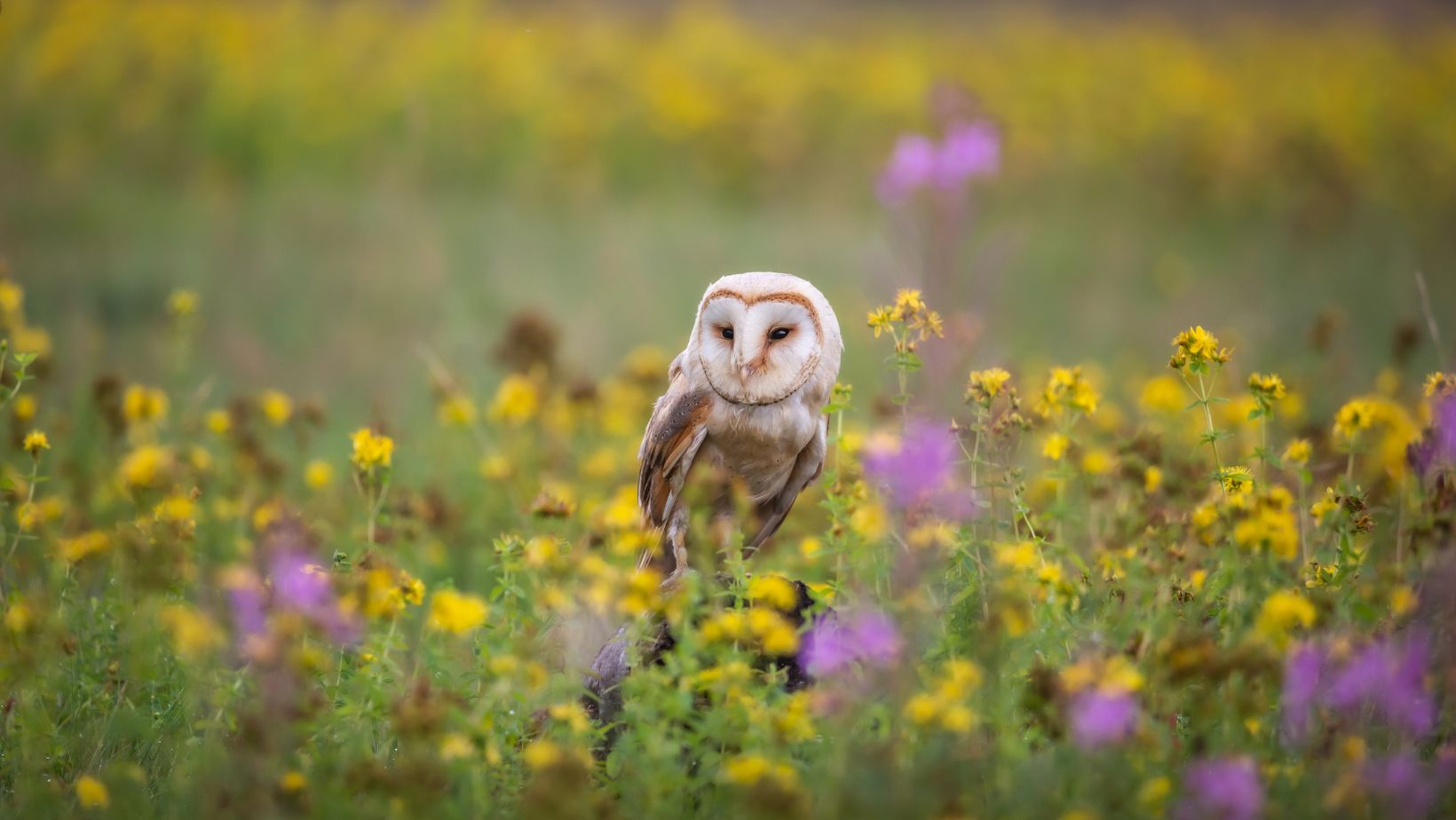
In the vast world of digital creativity, unique identifiers often catch the eye, sparking curiosity, social wellness and intrigue. One such instance is cute:s6j5hhkikp8= owl, a seemingly cryptic combination that hints at the blend of charm and mystery associated with owls. These nocturnal creatures have long captured human imagination with their silent flight and wise demeanor, becoming symbols of knowledge and mystery.
Owls, with their striking eyes and expressive faces, have found their way into popular culture, resonating with people of all ages. The term “cute” adds an endearing twist, suggesting a playful exploration of these fascinating birds. As technology and nature intertwine in modern discourse, cute:s6j5hhkikp8= owl could represent a new way of appreciating the whimsical side of these enigmatic creatures. This article delves into the allure of owls and the potential meanings behind their digital representations.
Cute:s6j5hhkikp8= Owl
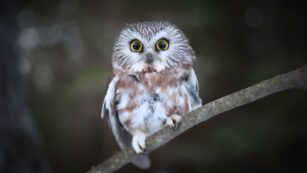 Owls, admired for their majestic appearance and mysterious nature, carry a unique blend of characteristics that make them enchanting. Their large, hypnotic eyes facilitate exceptional night vision, essential for their nocturnal lifestyle. Many species have distinctive markings, often in beautiful, soft tones, enhancing their aesthetic appeal.
Owls, admired for their majestic appearance and mysterious nature, carry a unique blend of characteristics that make them enchanting. Their large, hypnotic eyes facilitate exceptional night vision, essential for their nocturnal lifestyle. Many species have distinctive markings, often in beautiful, soft tones, enhancing their aesthetic appeal.
In popular culture, owls often symbolize wisdom and mystery. Examples include their roles in folklore and literature, where they act as sages or mystical guides. This has cemented their position as animals of intrigue and admiration.
The term “cute” in cute:s6j5hhkikp8= owl adds a modern twist by embracing digital culture. It implies an appreciation of owls that extends beyond physical traits, highlighting a playful, tech-savvy perspective on these birds. Online content, like memes and emojis, often feature owls, amplifying their prominence in digital communications.
Characteristics And Features
Physical Appearance and Unique Behaviors
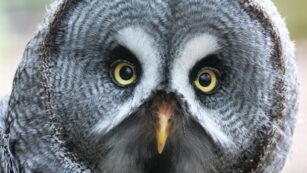 Owls possess striking physical traits. Their large, forward-facing eyes rest within circular facial discs, contributing to their exceptional vision. This facial structure, often with concentric lines or spots, enhances their nocturnal hunting abilities. Feathers, ranging from mottled browns to snowy whites, provide both camouflage and warmth. Compact bodies and powerful talons enable silent yet deadly precision in capturing prey.
Owls possess striking physical traits. Their large, forward-facing eyes rest within circular facial discs, contributing to their exceptional vision. This facial structure, often with concentric lines or spots, enhances their nocturnal hunting abilities. Feathers, ranging from mottled browns to snowy whites, provide both camouflage and warmth. Compact bodies and powerful talons enable silent yet deadly precision in capturing prey.
Owls exhibit distinct behaviors. They’re known for their incredible head rotation, which reaches up to 270 degrees. This ability stems from specialized vertebrae and circulatory adaptations, allowing a broad field of vision. Silent flight, achieved by fringed wing feathers, reduces noise, aiding in stealthy hunting. Vocalizations, such as hoots and screeches, are communication tools, varying across species and serving purposes like territory defense or mate attraction.
Habitat And Distribution
Natural Habitat and Global Distribution
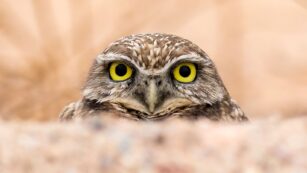 Owls occupy an array of habitats including forests, deserts, grasslands, and tundra. They rely on dense foliage or tree hollows for roosting. Some species, like barn owls, adapt to urban areas, utilizing barns and other man-made structures. In forests, the great horned owl claims territories that offer ample shelter and hunting opportunities. Desert owls such as the elf owl seek shelter in cacti cavities, demonstrating adaptability to extreme conditions.
Owls occupy an array of habitats including forests, deserts, grasslands, and tundra. They rely on dense foliage or tree hollows for roosting. Some species, like barn owls, adapt to urban areas, utilizing barns and other man-made structures. In forests, the great horned owl claims territories that offer ample shelter and hunting opportunities. Desert owls such as the elf owl seek shelter in cacti cavities, demonstrating adaptability to extreme conditions.
Owls have a widespread distribution, appearing on every continent except Antarctica. North America hosts species like the snowy owl, known for its presence in the Arctic tundra. In parts of Europe, the tawny owl is a common sight. Asia’s forests are home to the powerful eagle owl. The adaptability of these birds allows them to inhabit diverse geographical regions, from tropical rainforests to rural farmlands. Unique species also inhabit isolated island environments, contributing to their global presence.
Importance In Ecosystems
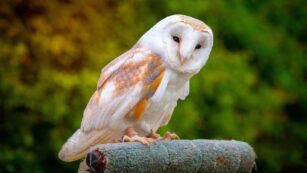 Owls play a crucial role in maintaining ecological balance. As apex predators, they help control rodent populations, preventing potential agricultural damage and disease spread. Their presence indicates a healthy ecosystem, as they require a stable food supply and suitable habitats. This adaptability across diverse environments showcases their resilience and importance in various ecosystems worldwide. By understanding and appreciating the multifaceted nature of owls, from their physical and behavioral traits to their symbolic and ecological significance, people can foster a deeper connection with these captivating creatures. Embracing both their ancient allure and modern digital representations enriches the human-nature relationship, highlighting the timeless charm of owls.
Owls play a crucial role in maintaining ecological balance. As apex predators, they help control rodent populations, preventing potential agricultural damage and disease spread. Their presence indicates a healthy ecosystem, as they require a stable food supply and suitable habitats. This adaptability across diverse environments showcases their resilience and importance in various ecosystems worldwide. By understanding and appreciating the multifaceted nature of owls, from their physical and behavioral traits to their symbolic and ecological significance, people can foster a deeper connection with these captivating creatures. Embracing both their ancient allure and modern digital representations enriches the human-nature relationship, highlighting the timeless charm of owls.
